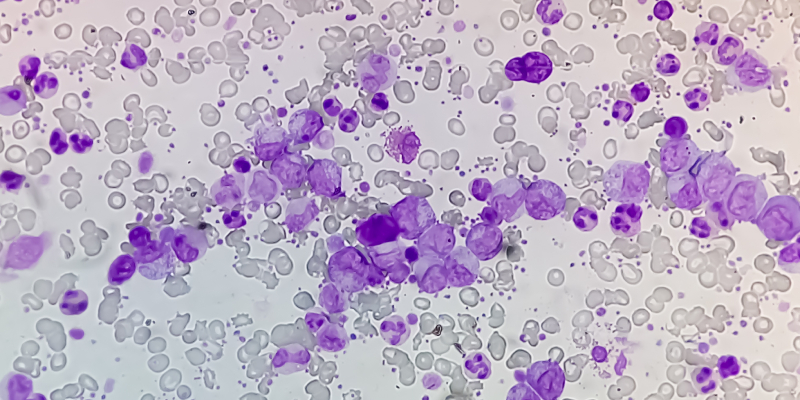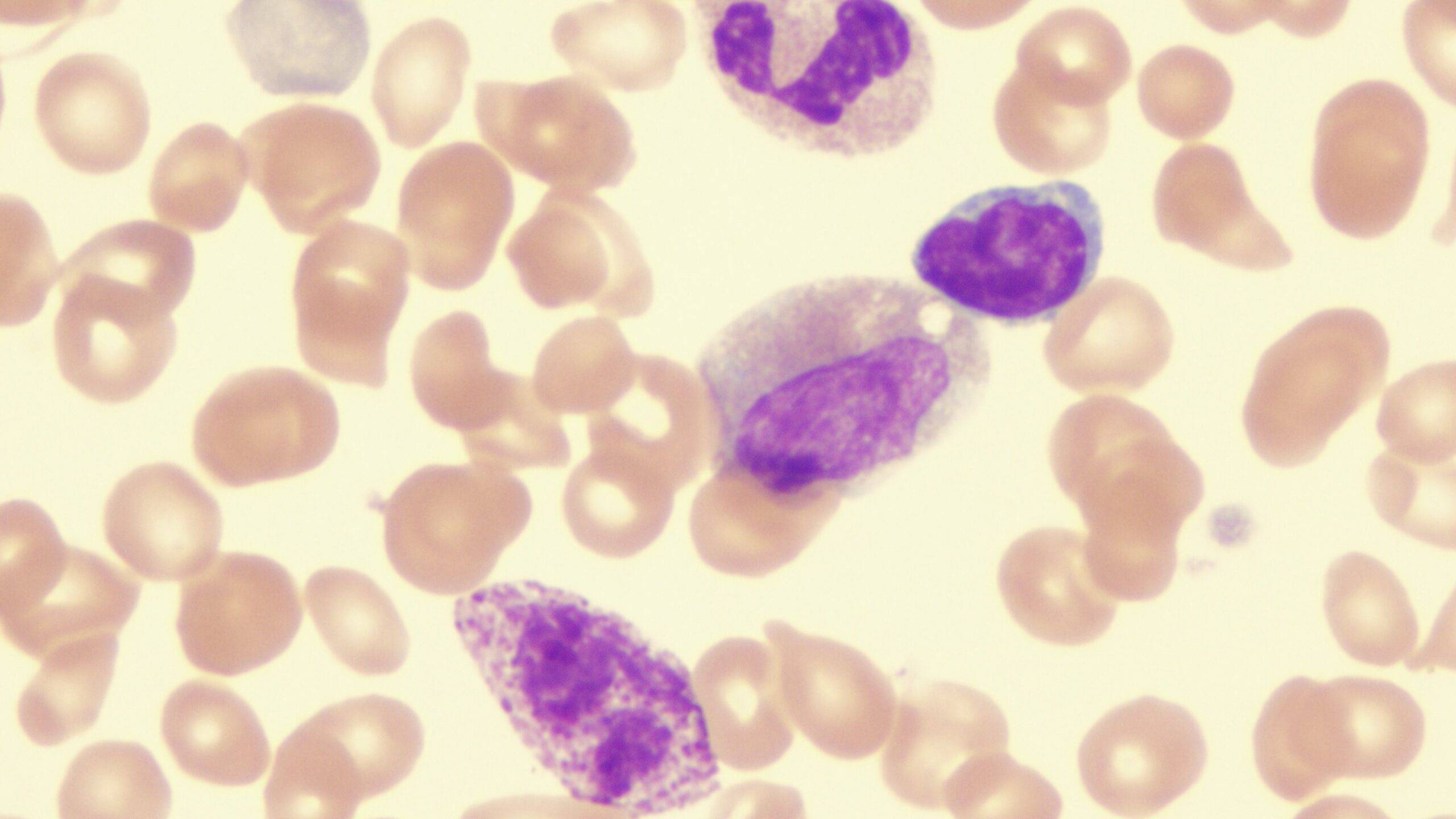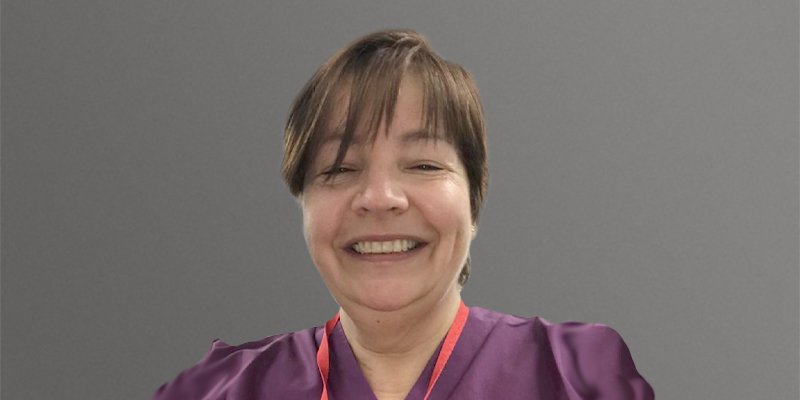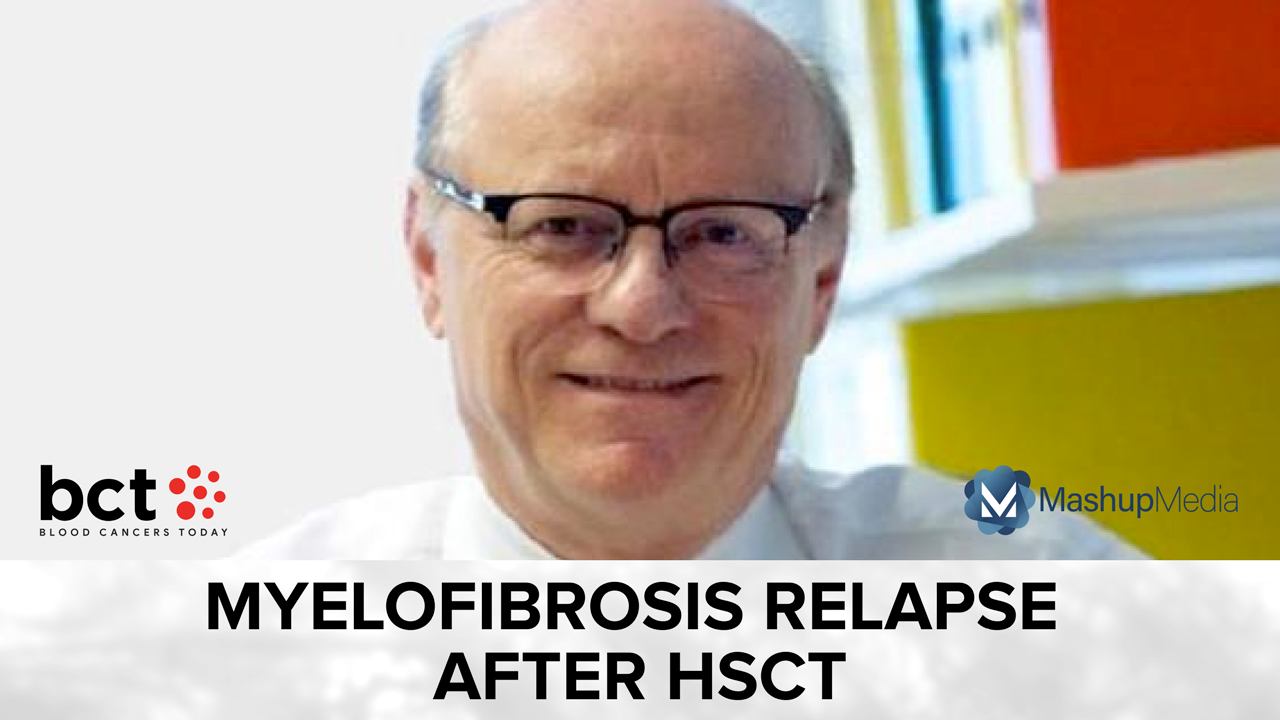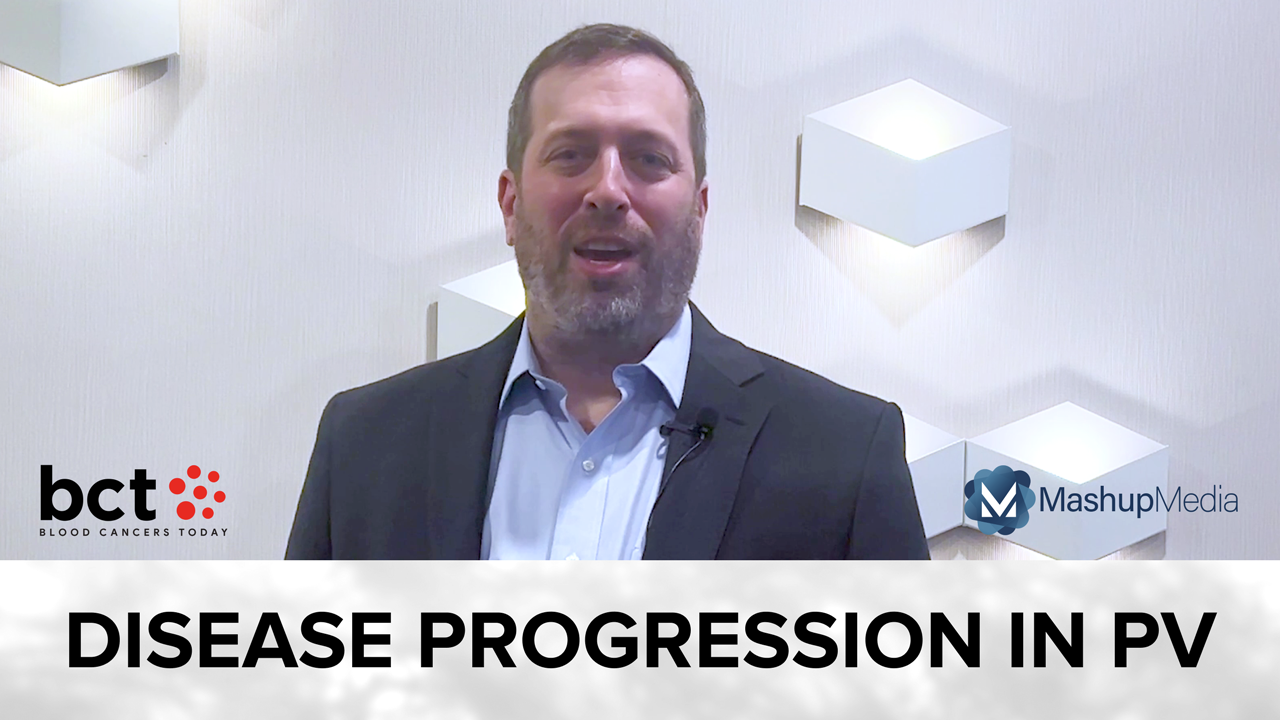Myeloproliferative Neoplasms
The latest news, research, and perspectives in myeloproliferative neoplasms (MPNs). MPNs occur when the bone marrow produces too many red blood cells, platelets, or certain white blood cells. The primary subtypes include myelofibrosis, polycythemia vera, and essential thrombocythemia.
Advertisement
Prefibrotic myelofibrosis is the focus of “SOHO State of the Art Updates and Next Questions.”
Momelotinib achieved higher rates of transfusion independence compared with ruxolitinib.
Splenic irradiation before HSCT is associated with reduced spleen size and lower incidence of relapse in patients with MF.
Sotatercept monotherapy, and combined with ruxolitinib, is a safe and effective treatment for patients with PMF and anemia.
Raajit Rampal, MD, PhD, and the "Blood Cancer Talks" hosts discuss the diagnosis and management of essential thrombocythemia.
The primary endpoint was overall best response after blast-reduction therapy.
Advertisement
Momelotinib and ruxolitinib improved bone marrow fibrosis, but changes were not associated with improved outcomes in MF.
Dr. Harrison discusses her current clinical research, building community with MPN Voice, and her journey into hematology.
A drug approval specific to CMML would catalyze a surge of interest in the hematology-oncology community.
Nicolaus Kröger, MD, discusses a study on GVHD and its impact on relapse in patients with myelofibrosis undergoing HSCT.
Myelofibrosis, a rare blood cancer, affects four to six per 100,000 individuals in the United States.
An international working group collaborating with the EBMT and ELN updated the 2015 guidelines for HSCT in myelofibrosis.
Ruxolitinib plus pelabresib was well tolerated and improved spleen and symptom burden in patients with myelofibrosis.
Parsaclisib plus ruxolitinib can improve symptoms and spleen volume in certain patients with myelofibrosis.
Sanjay Patel, MD, discusses a study on spatial mapping of human hematopoiesis using bone marrow tissue.
FREEDOM2 is a phase III study comparing fedratinib with best available therapy as a second-line treatment for myelofibrosis.
“Among the high-risk splicing mutations, SRSF2 has the worst prognostic role,” Dr. Braish and colleagues wrote.
The REVEAL study identified five risk factors, including leukocytosis, duration of time with PV, and more.
The treatment led to reduced hepcidin levels when used alone or in combination with ruxolitinib.
Venugopal highlights myelofibrosis research at ASH 2023.




